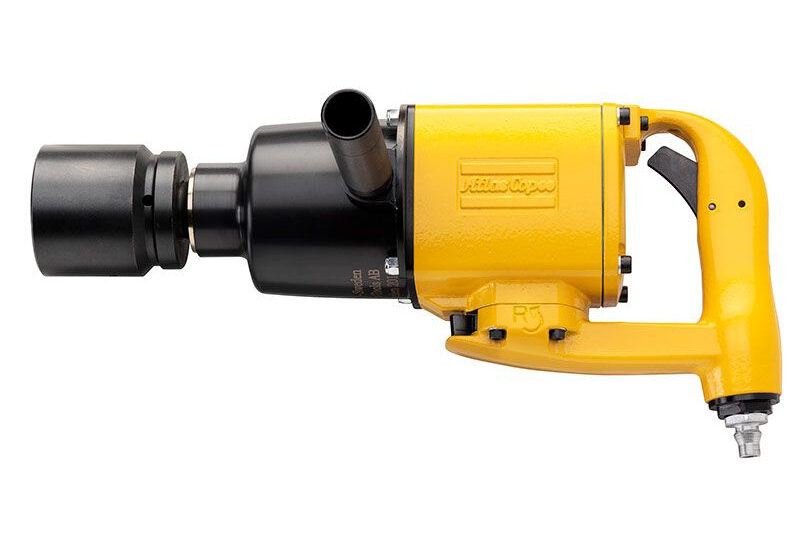Complexity in industrial processes is rising. Manufacturers must incorporate new, cutting-edge materials and features into progressively stronger, lighter, more affordable and more dependable products. However, thas stayed the section’s function of keeping parts firmly fastened has stayed the same.
The connections between components are a big deal because they affect every stage of a product’s usage. Industrial bolting solutions require readily available, standardized, and simple-to-assemble fastening solutions. What are the precise advantages of using bolts, then? Nowadays, industries plan for product life cycles well before the development stage, with requirements specified by R&D, quality, and sales, among other departments.
Bolted joints are easy to use:
The bolted connection is a simple and convenient method. It only needs an essential torque wrench to work and combines a screw or stud with a threaded counterpart, like a nut or tapped hole. This sets it apart from other technologies. Mistakes can still happen because assembly lines are still primarily run by people. Easy procedures are therefore promoted to lower error rates and improve the quality and safety of products. Bolted joints are among the most widely used methods of component connections in the industrial sector today because of their many benefits. It is more comfortable for the customer in a satisfactory manner.
Flexible bolted joints:
Bolted joints are easily removed and reassembled using the same tools used to assemble them, making them non-permanent assemblies. This is very beneficial for essential inspections, maintenance, or part replacement. When a product reaches the end of its life cycle, it is also helpful because different material parts can be efficiently separated, sorted, and recycled. For more demanding applications, stainless steel bolts can operate in the temperature range of -160°C to 500°C, while normalized steel bolts can withstand temperatures between -50°C and 200°C.
Bolts come in many sizes and materials.
Bolts can be found in various sizes and materials, contingent on the intended use requirements. Steel, frequently used to make them, has mechanical solid properties typically more significant than the capacities of the gathered parts. Bolts can join components made of materials like plastics and composites distinct from the bolt itself. This assembly can use without any extra setup or design. Thick parts can fastened with bolts. The assembled parts may have any thickness necessary to meet the manufacturer’s requirements. The bolted joint is a common and affordable solution in the industrial sector because of the benefits above.
Conclusion:
Bolt producers and suppliers have established themselves and can offer reasonably priced goods that satisfy ever more complex requirements. Bolts can function in a broad range of temperatures. Large tolerances can produce for both the thickness and the entire size. This typically refers to routine, affordable, and well-known bolting machine procedures.
Unique designs that use heat-resistant materials and acid-resistant alloys can raise the performance level of the connection to the ideal level. It is more comfortable for the customer to always provide the best ideas. it is more comfrotable for the customer to handle the botle in a fine manner.

